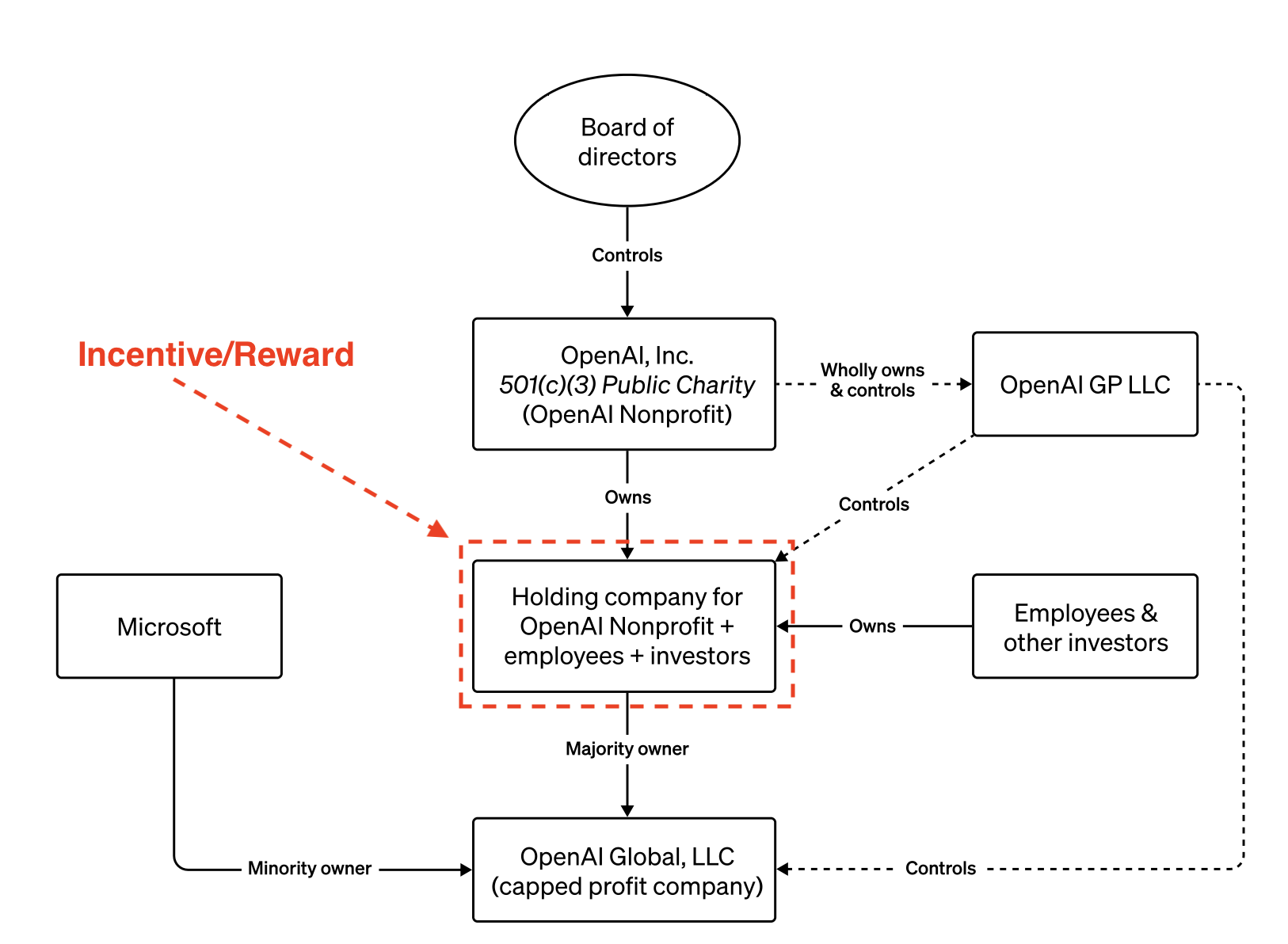A very good read from a respected source!
BUSINESS INSIDER. Some OpenAI engineers make as much as $800,000 and were key players in Sam Altman’s return.
Samantha Stokes
Nov 23, 2023, 11:41 PM GMT
KEY POINTS
- OpenAI reinstated CEO Sam Altman after a dayslong saga kicked off with the board firing him Friday.
- Hundreds of employees threatened to quit unless Altman was re-hired.
- Some of these staffers make as much as $800,000 per year, Bloomberg estimated.
OpenAI staffers who threatened to quit this week over CEO Sam Altman’s firing are making up to $800,000 per year, according to Bloomberg.
The tech industry is known for high salaries, with many employees at firms including Meta, Google, and Amazon pulling in well over six figures annually.
Tech firm engineers who focus specifically on artificial intelligence, however, can make 8% to 12.5% more than other engineers, according to compensation data platform Levels.fyi, per Bloomberg.
Most engineering roles at OpenAI pay between $200,000 and $370,000, according to job postings reviewed by Bloomberg, with some highly specialized roles offering closer to $450,000.
But tech-firm salaries don’t include bonuses or stock awards, which can bring total compensation for some OpenAI engineers closer to $800,000, Bloomberg said.
Thanks to the AI boom, a slew of companies want to hire workers skilled in machine learning. But despite the high demand for talent, there are aren’t many people who understand the technology, so companies value these workers with high salaries as well as influence. Some AI researchers can make north of a million dollars in annual salary, according to The New York Times.
At OpenAI, these employees played a key role in Altman’s eventual rehire at the AI startup following his surprise ouster last week.
On Friday, OpenAI’s board announced his firing and said in a statement that Altman “was not consistently candid in his communications with the board” but did not give further details.
Chaos unfolded over the next few days as Altman entered talks with OpenAI leadership to return to the company, which ultimately fell apart. Along with other members of OpenAI’s leadership team who resigned in support of him, Altman announced he was joining Microsoft — which has a large stake in OpenAI — to lead its new advanced AI research team.
On Monday, more than 700 OpenAI employees signed a petition threatening to quit the company if Altman was not reinstated as CEO, a sign of how much loyalty he inspired among his staff.
OpenAI on Tuesday “reached an agreement in principle” for Altman to return to the startup as CEO, it posted on X, formerly known as Twitter.
Following multiple days of drama, it is unclear what will become of the AI giant’s valuation: earlier this fall, the company was seeking a $90 billion valuation in an existing share sale.
LEARN MORE:
OpenAI. Our structure. We designed OpenAI’s structure—a partnership between our original Nonprofit and a new capped profit arm—as a chassis for OpenAI’s mission: to build artificial general intelligence (AGI) that is safe and benefits all of humanity.
The structure in more detail
While investors typically seek financial returns, we saw a path to aligning their motives with our mission. We achieved this innovation with a few key economic and governance provisions:
- First, the for-profit subsidiary is fully controlled by the OpenAI Nonprofit. We enacted this by having the Nonprofit wholly own and control a manager entity (OpenAI GP LLC) that has the power to control and govern the for-profit subsidiary.
- Second, because the board is still the board of a Nonprofit, each director must perform their fiduciary duties in furtherance of its mission—safe AGI that is broadly beneficial. While the for-profit subsidiary is permitted to make and distribute profit, it is subject to this mission. The Nonprofit’s principal beneficiary is humanity, not OpenAI investors.
- Third, the board remains majority independent. Independent directors do not hold equity in OpenAI. Even OpenAI’s CEO, Sam Altman, does not hold equity directly. His only interest is indirectly through a Y Combinator investment fund that made a small investment in OpenAI before he was full-time.
- Fourth, profit allocated to investors and employees, including Microsoft, is capped. All residual value created above and beyond the cap will be returned to the Nonprofit for the benefit of humanity.
- Fifth, the board determines when we’ve attained AGI. Again, by AGI we mean a highly autonomous system that outperforms humans at most economically valuable work. Such a system is excluded from IP licenses and other commercial terms with Microsoft, which only apply to pre-AGI technology.



